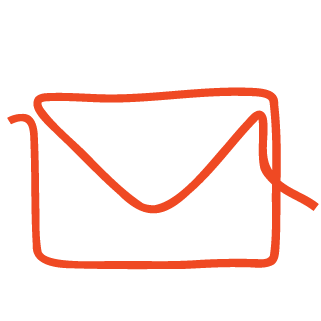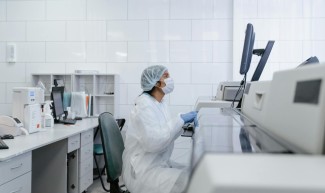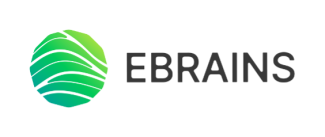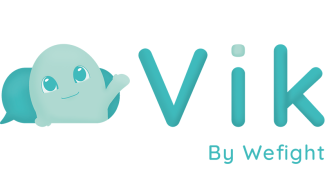The “Intellectual Property & Strategic Alliances” department of the Innovation Division has the following missions:
* Identify the assets that can be developed from the research results of scientists and clinicians (therapeutic compounds, therapeutic targets, biomarkers, software, tools, etc.)
* Protecting valuable assets by filing patents.
*Monitoring and supporting public-private consortia involving the Institute's and clinicians
* Setting up and monitoring industrial partnerships created by research teams.
Publish or patent? Both!
Publishing and patenting are not two opposing logics; on the contrary, they are complementary. It is a matter of doing things in order: the development of a therapeutic solution or a medical device that can benefit patients is long and costly, the patent allows the researcher to protect his invention so that he can one day reach the market. Indeed, any public disclosure (written or oral dissemination) of results prior to the filing of a patent constitutes prior art and no longer permits the filing of a patent. It is therefore important to ask the question of patenting before publishing so as not to jeopardise the chances of an innovation coming to fruition.
At Paris Brain Institute, the Intellectual Property team works closely with researchers in order to detect at an early stage innovative results that offer a potential for exploitation. Patents are an indispensable basis for attracting the capital necessary to help a therapeutic product reach the market.
Patent filing: an important strategy
A patent is by definition an exclusive right granted by a State or an intergovernmental organization to an inventor to prevent others from making, using, selling or importing his invention without his consent for a limited period of time (this term of protection varies from jurisdiction to jurisdiction). In exchange for this exclusive right, the inventor must publicly disclose the technical details of his or her invention, thereby contributing to the advancement of knowledge and encouraging innovation.
Patents are mainly used to protect inventions that are new, involve an inventive step (i.e. non-obvious), and are capable of industrial application. This system aims to stimulate innovation by providing an incentive for inventors to invest in research and development, while ensuring that, after patent expiry, technological advances enter the public domain.
A patent filing strategy is crucial for a research institute such as Paris Brain Institute: it reflects a balance between protecting innovations, maximizing economic returns, and contributing to scientific and technological progress.
Around 100 patents worldwide are the result of Paris Brain Institute’s research. The Directorate of Innovation, through its Intellectual Property & Strategic Alliances cluster, helps the Institute’s researchers and clinicians protect their innovative results by accompanying them in their patent applications.








